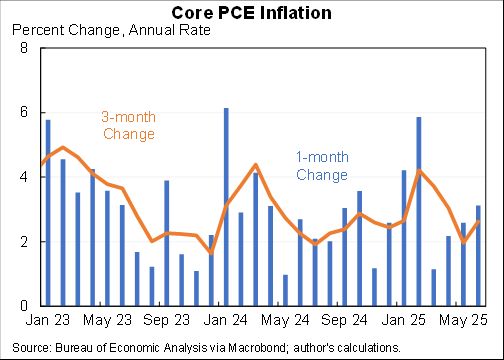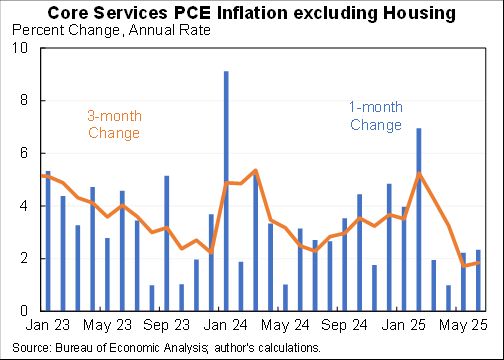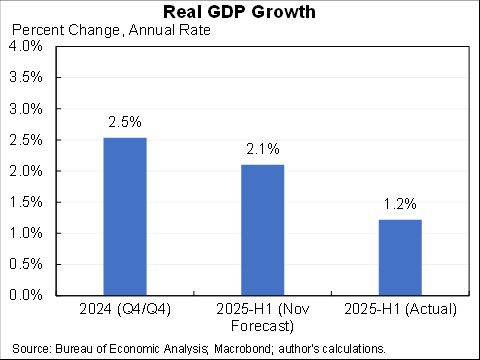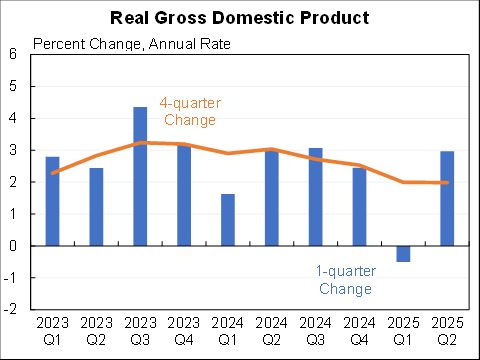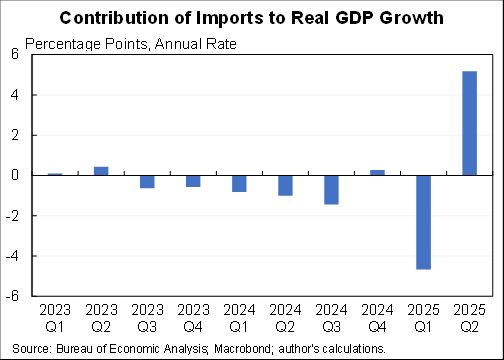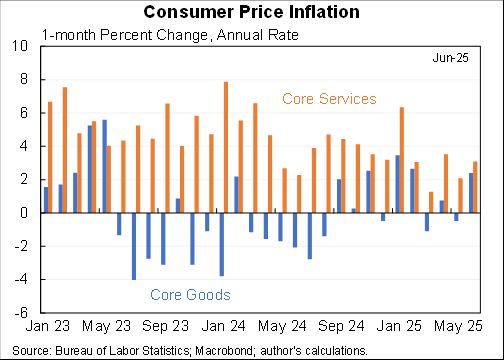Two Governors dissented from the Fed's move today, first time since 1993.
I have mixed feelings.
Committees function better with open dissents & 25bp cut is perfectly reasonable.
But unfortunate that the Biden & Trump appointees lined up on opposite sides of this vote.
I have mixed feelings.
Committees function better with open dissents & 25bp cut is perfectly reasonable.
But unfortunate that the Biden & Trump appointees lined up on opposite sides of this vote.
And I would add:
1. Waller & Bowman MUCH closer to majority's 4.25-4.5% rate than Trump's 1% rate.
2. Waller has been thoughtful about his thinking.
3. Is possible in another world one of the Biden appointees would have wanted 25bp cut. So this isn't all about Bowman & Waller
1. Waller & Bowman MUCH closer to majority's 4.25-4.5% rate than Trump's 1% rate.
2. Waller has been thoughtful about his thinking.
3. Is possible in another world one of the Biden appointees would have wanted 25bp cut. So this isn't all about Bowman & Waller
This is happening under an unprecedented assault on the Fed by the President.
Would make me tempted to circle the wagons and show defiance.
But defiance should be stubborn about independence not keeping rates higher just to send a message. (And I don't think they are.)
Would make me tempted to circle the wagons and show defiance.
But defiance should be stubborn about independence not keeping rates higher just to send a message. (And I don't think they are.)
• • •
Missing some Tweet in this thread? You can try to
force a refresh


